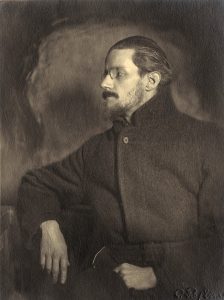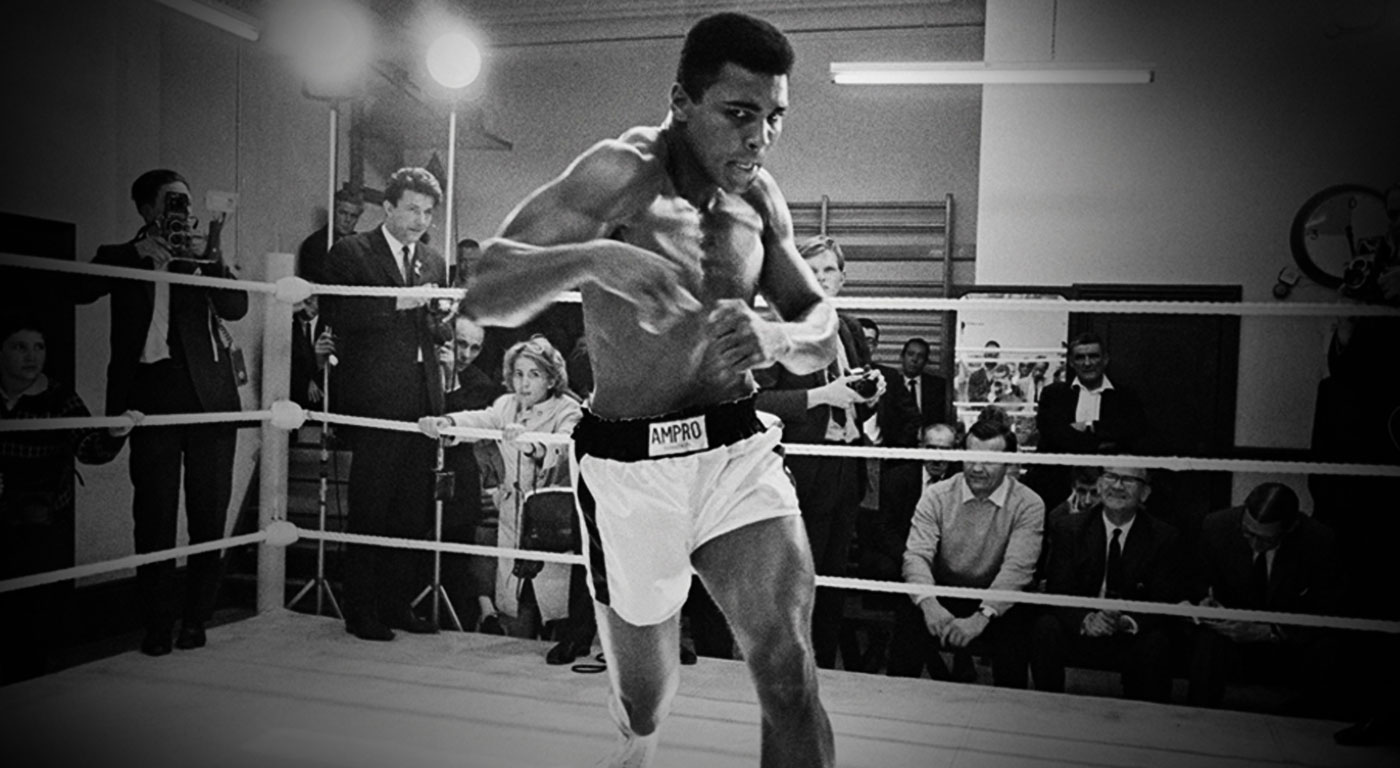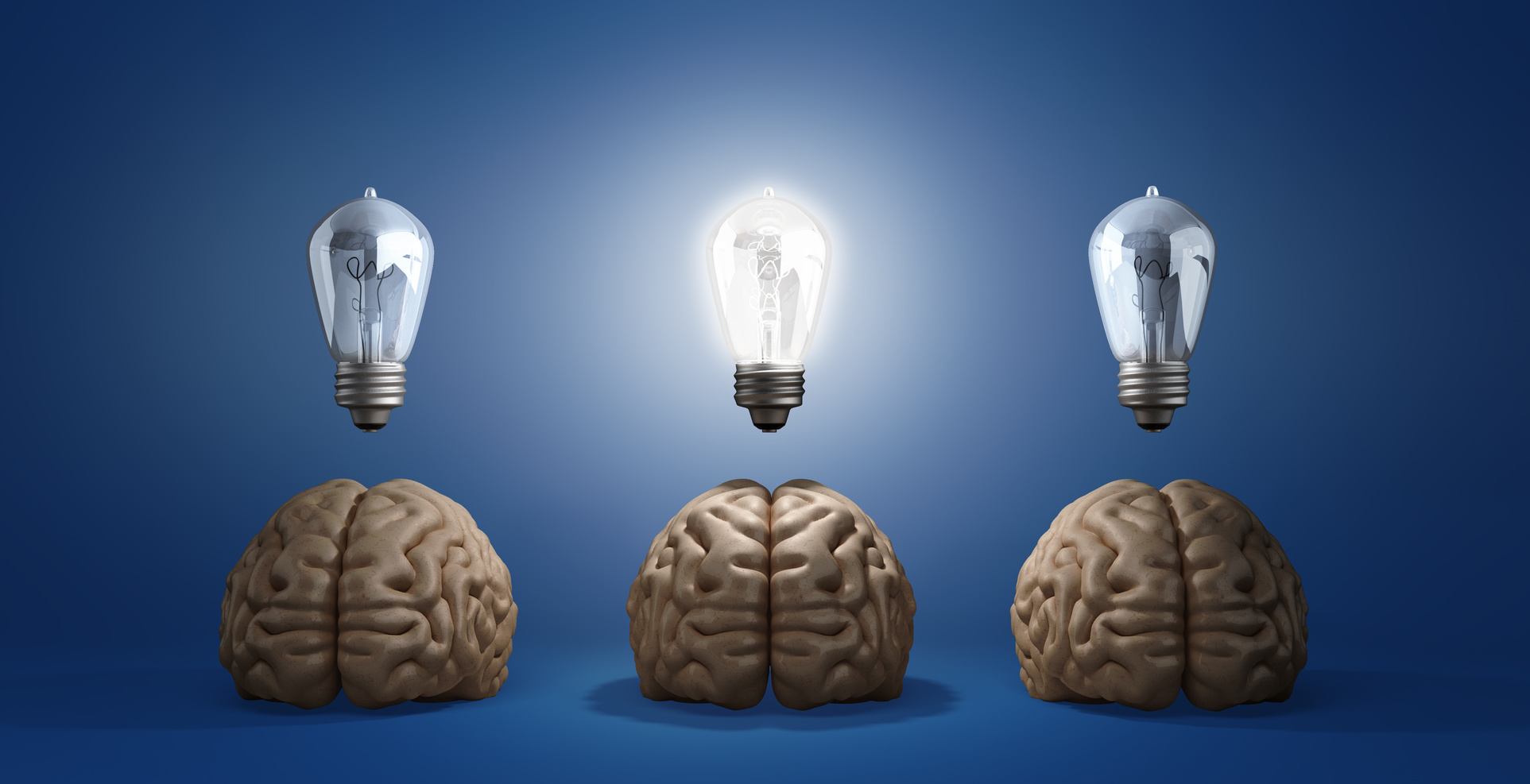“The fight is won or lost far away from witnesses—behind the lines, in the gym, and out there on the road, long before I dance under those lights.” – Muhammad Ali
Before his “Rumble in the Jungle” against champion George Foreman, before the infamous “phantom punch” that floored Sonny Liston, before the 1960 Summer Olympics, Cassius Marcellus Clay Jr. began his boxing career as a 12-year old kid wanting to pummel the thief that just stole his beloved Schwinn bicycle. Thus, in 1952, Muhammad Ali was conceived.
Within the preceding decades, a young Charlie Parker became “Yardbird” of Greenwich Village’s urban bohemia with his revolutionary bebop saxophony. However, the success wasn’t immediate: He practiced the sax 11 to 15 hours a day for nearly four years before mastering the instrument.
For 9 years, James Joyce submitted and resubmitted his famous short story collection Dubliners to 15 different publishers. Despite overwhelming opposition (with one printer burning all but one book copy), it finally hit the shelves in 1914. Joyce personally bought 120 copies to justify its print.
What these three men exemplify are three different examples of DRIVE.
Whether you realize it or not, you have DRIVE. It’s always there, ready and willing, so long as you’re ready and willing to utilize it.
Although this relentless motivation cannot be bought, there are ways to overcome the bio-mental roadblocks that stand in its way — including smart supplementation with targeted nootropics.
On Being Driven

There are three important aspects of DRIVE:
- The Will to win
- The Perseverance to make it happen
- An Indomitable Spirit that says “No” to defeat
DRIVE is what propels the world’s successful Olympians and artists, entertainers, entrepreneurs, and parents. Granted that success isn’t always given to those with DRIVE, but it isn’t gained by those without it.
But how does this translate to the average Joe?
Regardless of our skill-sets (or lack thereof), we all have the capacity to become “more driven”—and nootropics can help.
Whether it’s a matter of increasing reps in the gym or crushing a 14-hour workday, nootropics can improve the biology of our will, perseverance, motivation, and sense of mental domination.
If it seems like we’re promoting a brave new world of manufactured emotions and chemically-induced intelligence, then you’re missing the point: Nootropics don’t create DRIVE, nor is the concept “new.”
Nootropics simply fuel your mental engine and break the biological brain barriers that stand between you and your goals.
And the practice goes back centuries—to ancient Chinese brain-boosting brews of green tea and early modern European memory-enhancing sage tonics.
In the same way that a healthy body needs healthy nutrition to perform, so does the mind. So, here are the nootropics you can use to bolster your brain health ecosystem and enhance your mental drive:
Dopamine Boosters: Maximize your Motivation
Associated with the brain’s motivation and reward pathways, dopamine is borderline synonymous with DRIVE. This neurotransmitter is responsible for motivating us towards action and rewarding us with feelings of pleasure. It allows us that “Eureka!” satisfaction when we accomplish or learn something.
Common knowledge centers on the sexier side of dopamine—its release with sex, drugs, rock ‘n’ roll, and cupcakes—but it’s also involved in the process that rewards motivation:
- Dopamine facilitates both approach behavior to novel circumstances and conditioned learning (think Pavlov’s dog). In other words, it creates a feel-good incentive to try new things and remember the experience. This partly explains why learning can “feel good.”
In actuality, it’s a lack of dopamine that typically promotes people seek out sex, drugs, alcohol, and junk food—quick, reliable fixes for that missing surge of dopamine.
People with low dopamine levels often experience:
- Lack of motivation
- Lack of pleasure (Anhedonia)
- Fatigue
- Addictive behavior
- Mood swings
- Memory loss
To keep your mind fulfilled, motivated and focused on achieving your goals, we recommend a dopamine-boosting stack of:
Vitamin B6
Also known as pyridoxine, B6 is an essential nutrient for overall health.
In its “active” form Pyridoxal-5’-Phosphate (P-5-P), the body can use the vitamin to convert the precursor L-Dopa into dopamine. Because P-5-P is the “active” form of B6, we recommend it not only because it’s the primary means of L-Dopa conversion, but it may be more potent than “regular” B6. More on Vitamin B6.
![Green tea might be the oldest nootropic still in use. Christopher Michel [CC BY 2.0], via Wikimedia Commons](https://supplementsinreview.com/wp-content/uploads/2016/06/Samovar_Tea_House_7792873646-219x300.jpg)
L-Theanine
An amino acid responsible for the “calming focus” and enhanced creativity associated with certain teas—most notably, green tea.
In addition to boosting dopamine, L-Theanine helps enhance cognition by increasing alpha brainwaves (a frequency of electrical brain impulses associated with relaxation without sedation) and boosting other “calming” neurotransmitters—such as serotonin and GABA. More on L-Theanine.
Phosphatidylserine (PS)
An important phospholipid (fatty compound) in the brain that helps move and utilize fats across cell membranes. Because PS optimizes cell membrane structure, and thus neural communication, supplementing PS may help neurons send and receive dopamine.
Additionally, this nootropic deserves special mention for its recognition by the FDA, which states PS as potentially reducing the risk of dementia and cognitive dysfunction. More on Phosphatidylserine.
Mucuna Pruriens
Better known as “Velvet Bean,” Mucuna Pruriens supplies a number of “active” compounds, but its primary “active” ingredient is L-Dopa–which, we already mentioned, converts directly to dopamine.
Due to the high L-Dopa content of Mucuna’s seeds, they’re often used in pro-fertility/male-enhancing stacks: L-Dopa is suggested to promote LH and HGH secretion, in addition to dopamine levels. As such, this ingredient works more as a “T-booster” than “nootropic,” but (particularly for men) this might be the better dopaminergic route for increased motivation. More on Mucuna Pruriens.
Fuel Up for DRIVE: Nootropics that Energize the Brain
Brain energy is perhaps the biggest contributor to mental drive, which places massive energy demands on your brain. To illustrate its importance: You can shine the rims, rotate the tires, change the oil, replace the air filter, clean the spark plugs, and rub the fuzzy dice, but your 1998 Fiat Multipla isn’t driving anywhere without fuel.
The same goes for an exhausted brain (we promise that’s the only cliché car analogy in this article… maybe).
If perseverance hinges on motivation, then it swings on brain energy. And the brain requires a lot of energy:
- The brain’s energy budget accounts for about 20% of the body’s consumed calories. Neurogenesis, brain cell maintenance, and cell-to-cell communication place hefty demands on our energy sources. Interestingly, this calorie consumption doesn’t change, regardless of varying mental activity.
While brain metabolism remains constant through heavy or low thinking, having a driven mind can result in a busier body—which leaves less energy for our high-maintenance minds. Nootropics can alleviate this by boosting brainpower.
To fuel your DRIVE and keep it fueled, we recommend a brain energy stack of:
Citicoline
A brain energizing nootropic that enhances brain function by optimizing brain structure. Its bio-activities include:
- Boosting phospholipids used to rejuvenate brain cell membranes
- Signaling for neurotransmitter synthesis that increases brain cell communication
- Promoting brain cell membranes to efficiently transport neurotransmitters
These brain benefits work synergistically to increase brainpower. More on Citicoline.
Bacopa

Used in India’s Ayuverdic health system to improve memory loss, impaired cognition, and lost brainpower. Its many time-tested benefits include:
- Increasing cerebral blood flow
- Alleviating short-term memory loss
- Supplying antioxidants
- Improving acquisition and retention of information
- Having anti-depressant effects
- Blocking brain plaque
Bear in mind, Bacopa is an herb that requires long-term supplementation for its benefits to be fully felt. As such it provides a “long-term” supply of brain energy as opposed to immediate transitory stimulation. More on Bacopa.
Huperzine-A
An alkaloid naturally found in Chinese Club Moss (Huperzia serrata), which has been used for centuries in traditional Chinese medicine—however, extracted Hup-A is probably far more potent than raw Chinese Club Moss. Hup-A seems to improve memory, cognition, and possibly Alzheimer’s conditions.
Aside from its bio-actions against mental degeneration, Hup-A appears to protect brain cell mitochondria—the tiny energy plants that are directly responsible for cellular metabolism. More on Huperzine-A.
NADH

The last time you probably heard of this coenzyme was in high school biology on the topic of cellular energy metabolism. Well, here’s a recap:
- NADH (Nicotinamide Adenine Dinucleotide + Hydrogen) is an antioxidant similar to B Vitamins that helps spark ATP synthesis (the primary compound of chemical energy). The combined effects of its antioxidant status and ATP promotion includes increased brain energy and neuroprotection.
The compound shows special promise in treating Chronic Fatigue Syndrome, particularly in its ability to clear brain fog. We recommend this nootropic for older men and women at risk of diminished NADH levels. More on NADH.
Adaptogen Nootropics: Adapt and Conquer
When stress runs amok, so does your mind and body. Without adequate stress management, motivation crumbles and brainpower isn’t worth jack.
Taken to the limit, stress affects more than your mental drive: It kills your sex drive, destroys your testosterone count, and inhibits your immune system— all of which come back to further diminish your brainpower.
Certain nootropics called adaptogens can combat stress by helping the body adapt to various stressors:
- Coined by Russian pharmacologist Nickolai Lazarev in 1947, an adaptogen was originally defined as a non-specific treatment that “increases resistance to a very broad spectrum of harmful factors (‘stressors’) of different physical, chemical and biological natures.”
Many herbal adaptogens boast cognitive-boosting properties AND the ability to reinforce physical strength. Used effectively, these nootropics not only give you the MENTAL drive to do amazing things, but they bolster your PHYSICAL capacity to keep up with your highly driven brain.
The adaptogens that we recommend:
Rhodiola

One of Russia’s best kept secrets prior to the Cold War, Rhodiola rosea is an adaptogenic plant that grows in the arctic regions of Siberia. During the Cold War, the adaptogen was secretly used by Russian Olympic athletes, cosmonauts, military officers, political leaders, and the researchers who were examining the plant’s profound anti-stress properties.
In addition to adapting to stressors, Rhodiola may offer protection against cardiovascular disease, depression, schizophrenia, and asthenic (lack of energy) conditions related to physical overexertion.
Ashwagandha
Another legendary herb with anti-stress effects. From Sanskrit, ashwagandha translates to “the smell of a horse,” implying that the plant imparts the physical strength and good health of a stallion. Useful in improving cognitive functioning for both children and the elderly, ashwagandha also aids the body for its boost in energy and mitochondrial health and for its anti-inflammatory & anti-arthritic effects.
Panax Ginseng
Siberia has Rhodiola. Ayurveda has Ashwagandha. China has Panax Ginseng, one of the longest valued herbs of Traditional East Asian medicine systems. Believed to support Qi (“life force”) circulation, Panax Ginseng has served as a “cure-all” plant for centuries, treating innumerable cases of sickness, disease, fatigue, anxiety, impaired libido, and more.
Its American counterpart, Panax quinquefolius provides similar adaptogenic action due to its similar phytochemical profile, but its largely viewed as the weaker Ginseng of the two.
L-Tyrosine
![By No machine-readable author provided. Benjah-bmm27 assumed (based on copyright claims). [Public domain], via Wikimedia Commons](https://supplementsinreview.com/wp-content/uploads/2016/06/L-tyrosine-3D-sticks-295x300.png)
Unlike the other adaptogens in this category, L-Tyrosine doesn’t seem to provide long-term stress support, but works best under acute stressful situations (i.e. exam day, annual performance review, etc.). The result is improved memory & cognitive functioning when they matter most. More on L-Tyrosine.
Conclusion
![By 대한민국 정부 [Public domain], via Wikimedia Commons](https://supplementsinreview.com/wp-content/uploads/2016/06/프로복싱_헤비급_세계챔피언_무하마드_알리_방한_02.jpg)
In an interview with AARP, Muhammad Ali’s wife Lonnie Ali stated:
“If there was ever anyone who always lands on his feet and comes out smelling like a rose, it is Muhammad. It is his remarkable attitude toward life. He never has let anything stand in his way.”
Will. Perseverance. An Indomitable Spirit.
DRIVE continues when the body cannot. Ali’s will to win, Parker’s motivation to play, and Joyce’s refusal to give up are the legacies left behind.
The inevitable end of good health is a very unpopular topic among health enthusiasts and society at large—but it’s the driven men and women that are able to confront it head-on by making the most of their good health.
These nootropics are for those driven to make the right moves behind the lines, in the gym, and out there on the road. Long before the dance and those lights go out.




Leave a Reply